2-Chloroaniline
Synonym(s):2-Chloroaniline;o-Chloroaniline
- CAS NO.:95-51-2
- Empirical Formula: C6H6ClN
- Molecular Weight: 127.57
- MDL number: MFCD00007656
- EINECS: 202-426-4
- SAFETY DATA SHEET (SDS)
- Update Date: 2025-09-25 17:15:13

What is 2-Chloroaniline?
Description
properties:m-isomerColorless to yellow liquid that may turn brown on exposureto air. Molecular weight=127.57; Specific gravity(H2O:1)=1.216; Boiling point (decomposes)=230℃;Melting point=-11℃; Vapor pressure=,0.1 mmHg at20℃; Flash point=118℃(cc); Autoignitiontemperature=.540℃. Slight solubility in water;solubility=0.6%.o-isomerColorless to yellow liquid that may turn brown on exposureto air. Molecular weight=127.57; Specific gravity(H2O:1)=1.21; Boiling point=208.7℃; Meltingpoint=-2℃; Flash point=108℃; Autoignitiontemperature=.500℃; solubility in water=0.5% at 20℃.p-isomer (see also P:0400)The p-isomer is a colorless to pale yellow crystalline solid.Molecular weight=127.6; Specific gravity (H2O:1)=1.4;Boiling point=232℃; Melting point=69.5-72.5℃; Vaporpressure=0.015 mmHg at 20℃; Flash point=120-123℃(oc); Autoignition temperature=685℃. HazardIdentification (based on NFPA 704 M Rating System): p-isomer Health 3, Flammability 1, Reactivity 0. Soluble in hotwater; solubility (cold)=0.4% at 20℃.
Chemical properties
clear pale yellow to brown liquid with ammonia odor. darkens on exposure to air. almost insoluble in water, soluble in acids and most common organic solvents.
The Uses of 2-Chloroaniline
2-Chloroaniline is the raw material of herbicide green sulfuron, and also an important dye intermediate. It is the color base of ice dyeing dyestuff and can also be used as the diazo component of azo dyestuff to produce acid black, acid blue and organic color precipitation water solid yellow R, permanent red FR, Hansa yellow HR, etc.
The Uses of 2-Chloroaniline
2-Chloroaniline used as petroleum solvents. It is used in biological studies to evaluate the mutagenicity and carcinogenicity of Salmonella typhimurium. Used as a Intermediates for dyestuff, pigment and specialty chemicals. 2-Chloroaniline is widely used in polymer, rubber, pharmaceutical and dye industries.
Preparation
The synthesis method of 2-chloroaniline is to reflux 2-nitrochlorobenzene with iron filings, dilute hydrochloric acid and water for 6~8h, distill to get crude product, and then distill to get finished product.
Synthesis Reference(s)
The Journal of Organic Chemistry, 39, p. 2718, 1974 DOI: 10.1021/jo00932a011
Tetrahedron Letters, 26, p. 3277, 1985 DOI: 10.1016/S0040-4039(00)98171-1
General Description
Clear amber liquid with an amine odor. Occurs in both alpha and beta forms.
Air & Water Reactions
Sensitive to prolonged exposure to air and darkens on exposure to light. Insoluble in water.
Reactivity Profile
2-Chloroaniline is incompatible with acids, acid chlorides, acid anhydrides, chloroformates and strong oxidizing agents.
Hazard
Toxic by ingestion.
Fire Hazard
2-Chloroaniline is combustible.
Safety Profile
Poison by skin contact, ingestion, and subcutaneous routes. Mutation data reported. When heated to decomposition it emits toxic fumes of Cl and NOx. See also ANILINE DYES.
Potential Exposure
RTECS Compound Description (mand o-isomers): Tumorigen, Mutagen (p-isomer):Tumorigen, Mutagen, Primary Irritant. Chloroanilines areused to make dyes, other chemicals, insecticides, and manyother industrial products.
First aid
If this chemical gets into the eyes, remove anycontact lenses at once and irrigate immediately for at least15 min, occasionally lifting upper and lower lids. Seek medical attention immediately. If this chemical contacts theskin, remove contaminated clothing and wash immediatelywith soap and water. Seek medical attention immediately. Ifthis chemical has been inhaled, remove from exposure,begin rescue breathing (using universal precautions, including resuscitation mask) if breathing has stopped and CPR ifheart action has stopped. Transfer promptly to a medicalfacility. When this chemical has been swallowed, get medical attention. Give large quantities of water and inducevomiting. Do not make an unconscious person vomit.Medical observation is recommended.Note to physician: Treat for methemoglobinemia.Spectrophotometry may be required for precise determination of levels of methemoglobinemia in urine.
Storage
Color Code—Blue: Health Hazard/Poison (p-isomer): Store in a secure poison location. Prior to workingwith chloroaniline you should be trained on its proper handling and storage. Store in tightly closed containers in acool, well-ventilated area away from oxidizers (such asperchlorates, peroxides, permanganates, chlorates, andnitrates), since violent reactions occur. A regulated, markedarea should be established where this chemical is handled,used, or stored in compliance with OSHA Standard1910.1045.
Shipping
Chloroanilines are required by DOT to carry a“POISONOUS/TOXIC MATERIALS” label. They fall inHazard Class 6.1 and Packing Group II.
Purification Methods
Free it from small amounts of the p-isomer by dissolving in one equivalent of H2SO4 and steam distilling. The p-isomer remains behind as the sulfate. [Sidgwick & Rubie J Chem Soc 1013 1921.] An alternative method is to dissolve it in warm 10% HCl (11mL/g of amine) and on cooling, o-chloroaniline hydrochloride separates out. The latter can be recrystallised until the acetyl derivative has a constant melting point (m 90o). (In this way, yields are better than via the recrystallisation of the picrate from EtOH or of the acetyl derivative from pet ether.) [King & Orton J Chem Soc 1377 1911]. [Beilstein 12 III 1281, 12 IV 1115.]
Incompatibilities
Contact with strong oxidizers may causefire and explosions. The aqueous solution of the m-isomeris a weak base. Incompatible with strong acids, organicanhydrides, isocyanates, aldehydes.
Properties of 2-Chloroaniline
| Melting point: | 0-3 °C |
| Boiling point: | 208-210 °C(lit.) |
| Density | 1.213 g/mL at 25 °C(lit.) |
| vapor density | 4.41 (vs air) |
| vapor pressure | 0.5 hPa (20 °C) |
| refractive index | n |
| Flash point: | 98 °C |
| storage temp. | Store below +30°C. |
| solubility | water: soluble5.13g/L at 20°C |
| form | Liquid |
| pka | 2.65(at 25℃) |
| color | Clear pale yellow to brown |
| Odor | Characteristic odour |
| explosive limit | 2.4-14.2%(V) |
| Water Solubility | 5.13 g/L (20 ºC) |
| Merck | 14,2118 |
| BRN | 606077 |
| Dielectric constant | 13.4 |
| CAS DataBase Reference | 95-51-2(CAS DataBase Reference) |
| NIST Chemistry Reference | o-Chloroaniline(95-51-2) |
| EPA Substance Registry System | o-Chloroaniline (95-51-2) |
Safety information for 2-Chloroaniline
| Signal word | Danger |
| Pictogram(s) |
 Skull and Crossbones Acute Toxicity GHS06  Health Hazard GHS08  Environment GHS09 |
| GHS Hazard Statements |
H319:Serious eye damage/eye irritation H341:Germ cell mutagenicity H373:Specific target organ toxicity, repeated exposure H410:Hazardous to the aquatic environment, long-term hazard |
| Precautionary Statement Codes |
P273:Avoid release to the environment. P280:Wear protective gloves/protective clothing/eye protection/face protection. P301+P310:IF SWALLOWED: Immediately call a POISON CENTER or doctor/physician. P305+P351+P338:IF IN EYES: Rinse cautiously with water for several minutes. Remove contact lenses, if present and easy to do. Continuerinsing. |
Computed Descriptors for 2-Chloroaniline
2-Chloroaniline manufacturer
JSK Chemicals
New Products
4,4-Difluoropiperidine hydrochloride tert-butyl 9-methoxy-3-azaspiro[5.5]undecane-3-carboxylate Indole Methyl Resin N-Isopropylurea N,N-Dicyclohexylcarbodiimide(DCC) MELDRUMS ACID 5-METHYLISOXAZOLE-4-CARBOXYLIC ACID Magnessium Bis glycinate Zinc ascorbate 1-bromo-2-butyne 2-acetamidophenol 9(10H)-anthracenone Erythrosin B, 4-Piperidinopiperidine 2-((4-morpholinophenylamino) (methylthio) methylene) malononitrile 2,4-dihydroxybenzaldehyde 3-(4-morpholinophenylamino)-5-amino-1H-pyrazole-4-carbonitrile Methyl 2-methylquinoline-6-carboxylate 2,6-dichloro-4-nitropyridine 4-Bromo-2-chlorobenzonitrile 2-(benzylamino)acetic acid hydrochloride 4-(tert-Butoxycarbonylamino)but- 2-ynoic acid 3,4-dihydro-2H-benzo[b][1,4]dioxepine 1-Phenyl-1-cycloprppanecarboxylicacidRelated products of tetrahydrofuran
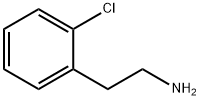
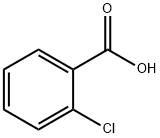





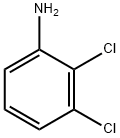
You may like
-
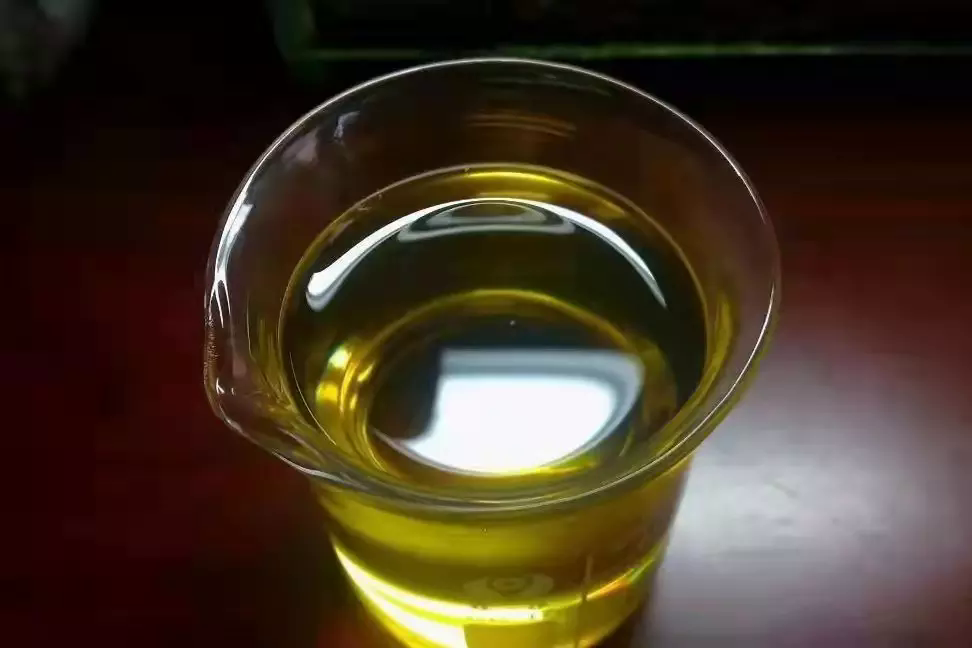 2-Chloroaniline 98%View Details
2-Chloroaniline 98%View Details -
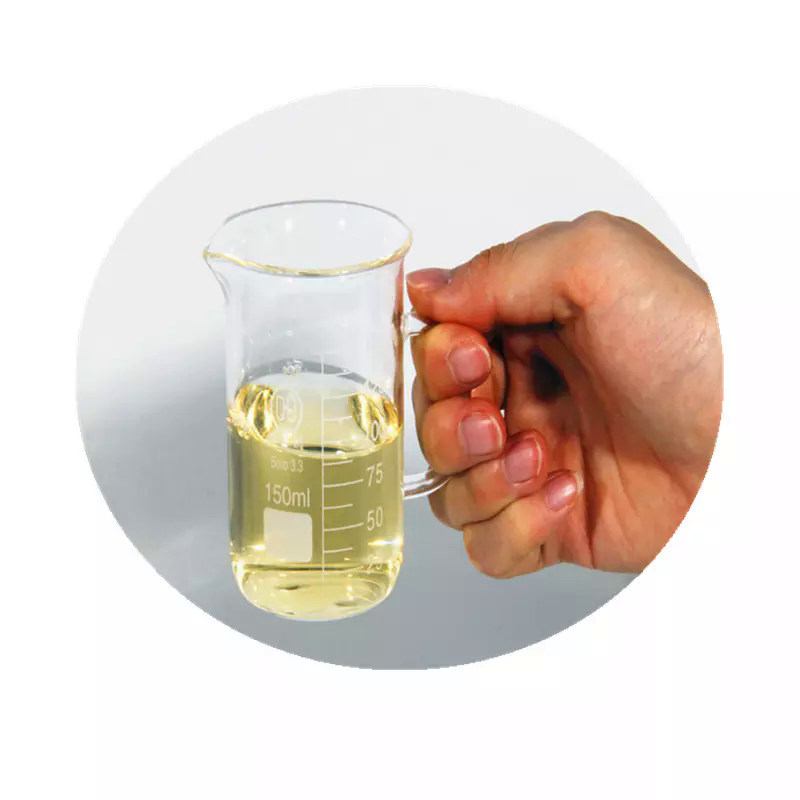 2-Chloroaniline 98%View Details
2-Chloroaniline 98%View Details -
 o-Chloroaniline CAS 95-51-2View Details
o-Chloroaniline CAS 95-51-2View Details
95-51-2 -
 2-Chloroaniline CAS 95-51-2View Details
2-Chloroaniline CAS 95-51-2View Details
95-51-2 -
 2-CHLOROANILINE For Synthesis CAS 95-51-2View Details
2-CHLOROANILINE For Synthesis CAS 95-51-2View Details
95-51-2 -
 2-Chloroaniline CAS 95-51-2View Details
2-Chloroaniline CAS 95-51-2View Details
95-51-2 -
 Fast Yellow GC Base, Powder, 5 kgView Details
Fast Yellow GC Base, Powder, 5 kgView Details
17333-83-4 -
 2-Chloroaniline CAS: 95-51-2View Details
2-Chloroaniline CAS: 95-51-2View Details
95-51-2
